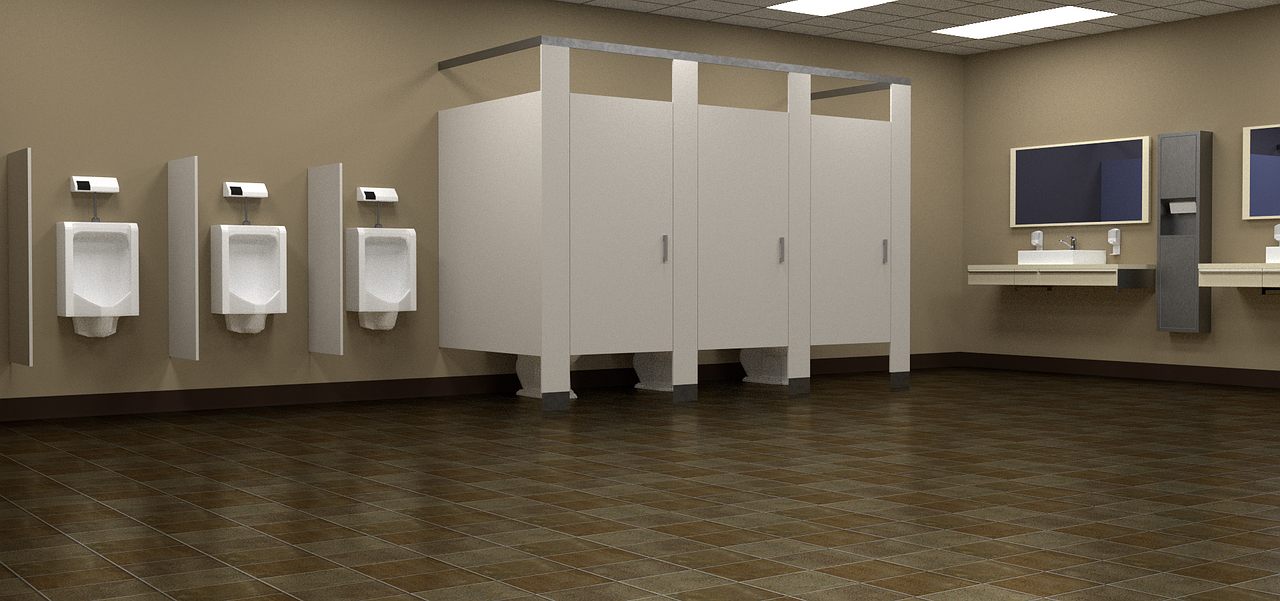 (412) 364-9114
(412) 364-9114

For a lot of homeowners, toilets are a mystery. They behave in strange ways–sometimes ghost flushing, sometimes running constantly, and sometimes not filling up all the way with water. If your toilet tank isn’t filling up all the way, there could be a variety of reasons for the problem. These tips will help you with the trouble shooting and repair process.
Before you can fix the problem, you must first understand how a toilet works and what all the parts do. We recommend watching the video below. We’ve posted this clip before, but it’s so good we’re going to post it again:
Now that you know a little bit about the functionality and the basic toilet parts, let’s discuss the usual reasons why your toilet tank may not be filling all the way with water.
Improperly Adjusted Fill Valve
The float on your fill valve controls the water level in the tank. If the float sits too low in the tank, it could cause the fill valve to shut off prematurely. There are three standard ways to adjust the float. If the float has a screw on top, the height of the float can be adjusted by twisting the screw. If the float is a ball, twist the ball counter clockwise to make the adjustment. Tabbed floats can be adjusted by unhooking the tab and manually lifting the float. For more information, you can read more about float adjustment here.
Defective Flapper
If the flapper in your toilet is defective, it may allow a small amount of water to leak through the tank into the bowl. This could cause your toilet to enter a cycle of filling, draining and filling again, creating the illusion that your toilet just isn’t filling all the way. You may be able to tell if the flapper is the problem by inspecting it for cracks or a buildup of fungus. If the flapper is defective, the replacement process is relatively easy. See below:
Defective Fill Valve
If the float is properly adjusted and there’s nothing wrong with the flapper, the fill valve could simply be defective. Universal fill valve assemblies are basically sold in all hardware stores and home improvement centers everywhere, and replacement of the fill valve is a standard DIY project. The instructions for installation are included in the package. To keep it simple, these instructions usually involve lots of pictures and few words. With the right tools, most homeowners can perform this repair with little problem. The video below provides a helpful tutorial.
If you’re still unable to figure out why your toilet tank isn’t filling all the way, then it’s time to call for professional help. If you’re a resident of the Pittsburgh area, you can always call Terry’s Plumbing. We love fixing toilets, and would be very happy to fix yours. Call us today.